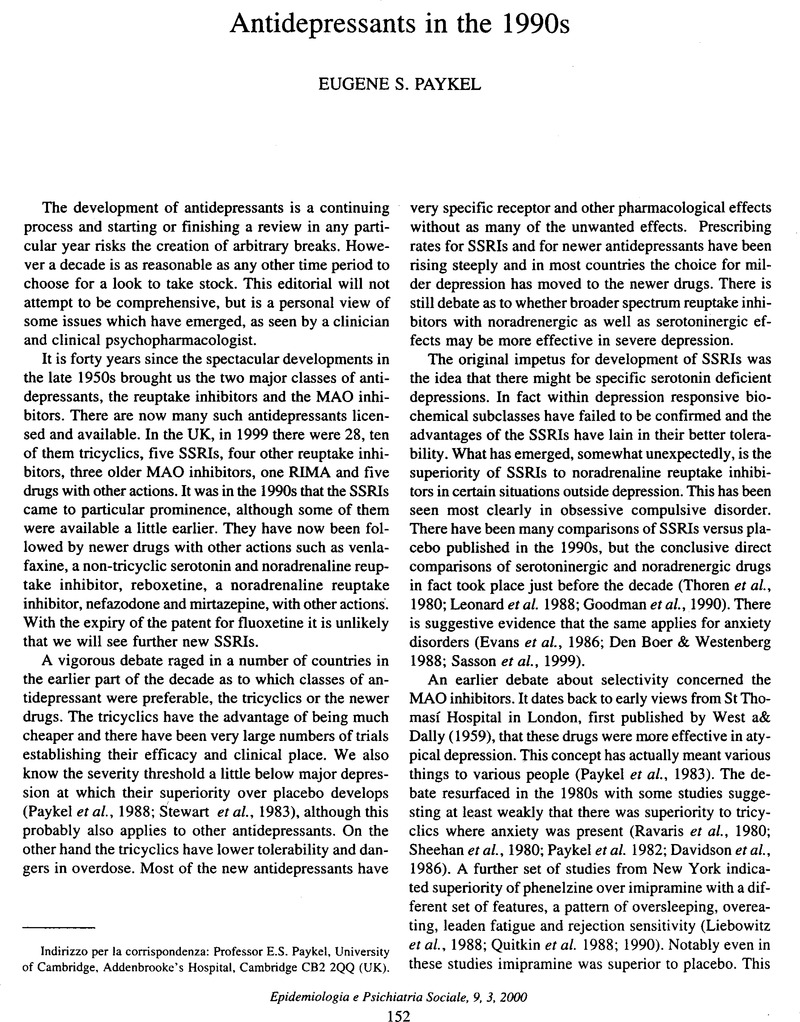Crossref Citations
This article has been cited by the following publications. This list is generated based on data provided by Crossref.
Reddy, Arubala P.
Rawat, Priyanka
Rohr, Nicholas
Alvir, Razelle
Bisht, Jasbir
Bushra, Mst Anika
Luong, Jennifer
and
Reddy, Aananya P.
2025.
Role of Serotonylation and SERT Posttranslational Modifications in Alzheimer's Disease Pathogenesis.
Aging and disease,
Vol. 16,
Issue. 2,
p.
841.



